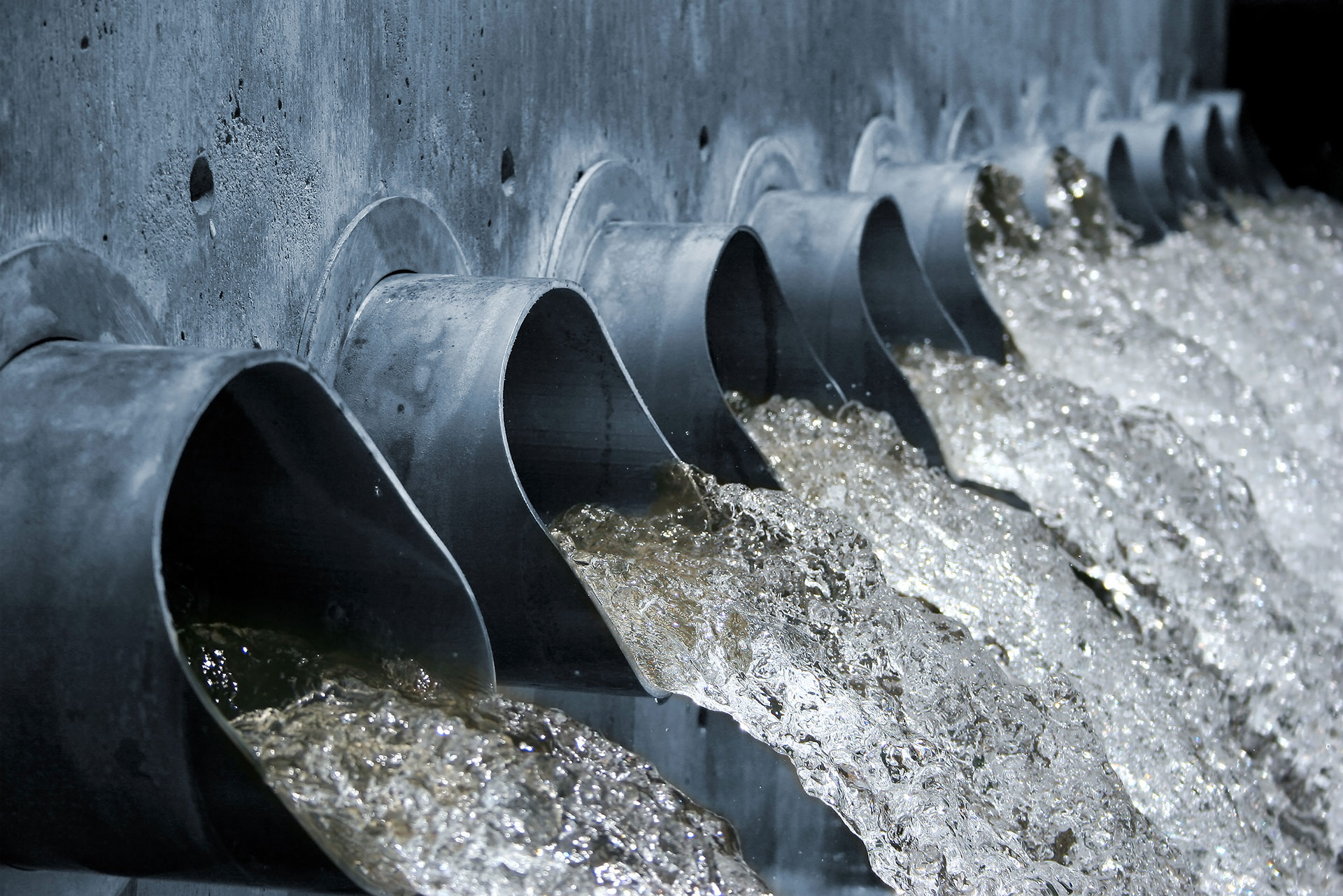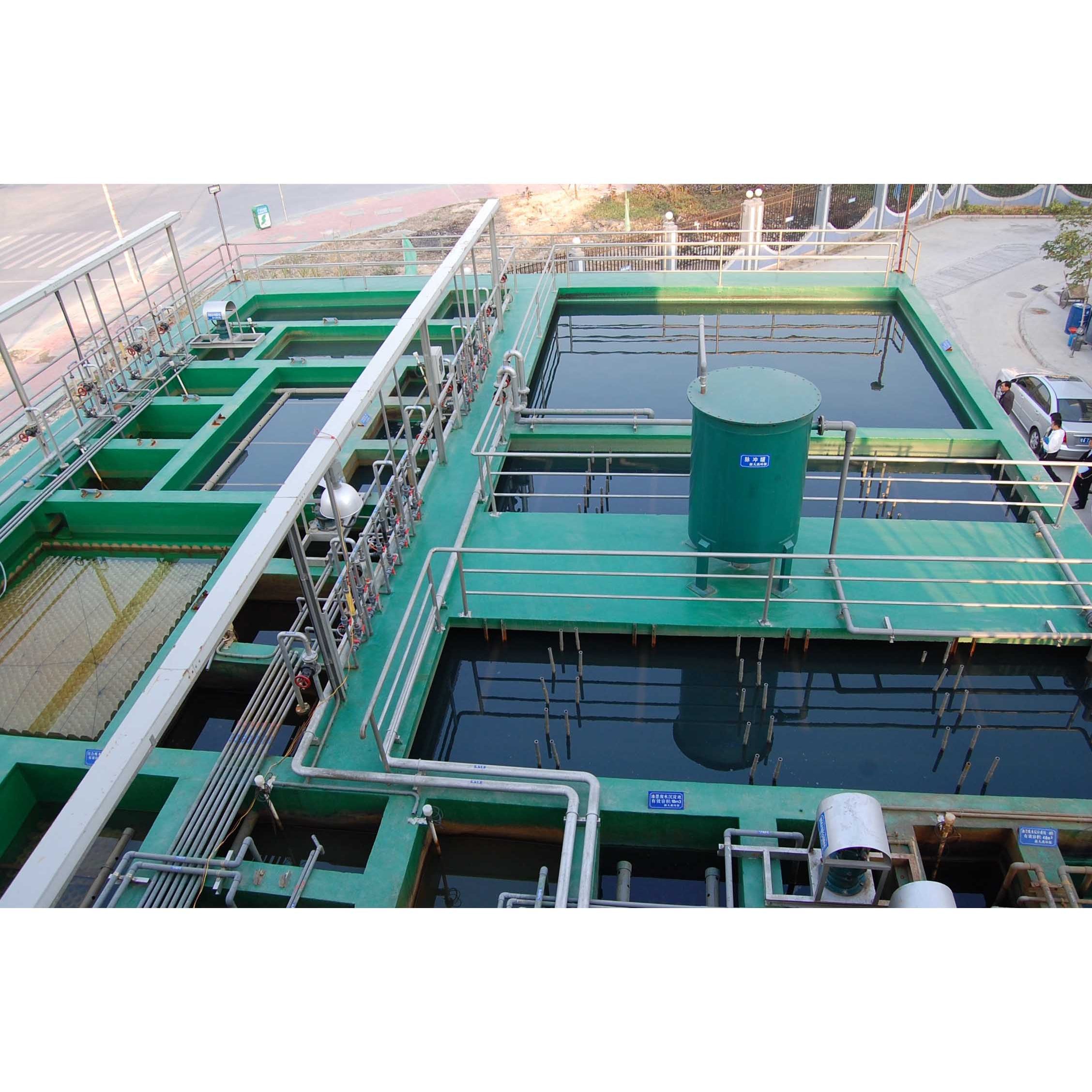Industrial Waste Water Treatment-- Eco-Friendly Solutions for Water Recycling
Industrial Waste Water Treatment-- Eco-Friendly Solutions for Water Recycling
Blog Article
Secret Techniques in Industrial Waste Water Therapy Procedures
The therapy of commercial wastewater is a critical aspect of environmental administration, entailing an array of techniques developed to alleviate the influence of impurities. Advancements in technologies such as membrane filtering and advanced oxidation processes use cutting-edge solutions for enhancing treatment efficacy.
Physical Treatment Methods
How efficiently can physical treatment methods deal with the complexities of industrial wastewater? Physical treatment methods play a pivotal role in the initial phases of wastewater monitoring, concentrating mostly on the removal of solids and big particulates. Techniques such as flotation protection, filtering, and sedimentation are vital for minimizing the focus of suspended solids, thus enhancing the performance of succeeding treatment processes.
Sedimentation involves the gravitational settling of solids, permitting the splitting up of heavier products from the wastewater. This approach is especially reliable in clearing up water prior to organic or chemical treatments. Purification, on the other hand, utilizes different media to capture particle issue, making sure that smaller contaminants are gotten rid of. This method can be customized to fit different sorts of industrial effluents, generating clearer effluent streams.
In addition, flotation approaches, which utilize air bubbles to raise suspended solids to the surface for elimination, work in dealing with wastewater with high concentrations of fats, oils, and greases. On the whole, physical treatment techniques serve as an important primary step in the extensive administration of industrial wastewater, making certain that the load on succeeding treatment phases is reduced and boosting overall treatment efficiency.
Chemical Treatment Methods
While physical therapy techniques lay the groundwork for reliable wastewater administration, chemical treatment strategies are vital for dealing with the extra complicated contaminants commonly discovered in commercial effluents. These methods make use of various chemical representatives to precipitate, counteract, or oxidize hazardous materials, guaranteeing an extra extensive elimination of contaminants.
One usual method is coagulation and flocculation, where chemical coagulants such as aluminum sulfate or ferric chloride are contributed to advertise the aggregation of suspended fragments. This process improves solid-liquid splitting up, decreasing turbidity and boosting water quality. Furthermore, neutralization procedures are used to adjust the pH of wastewater, utilizing bases or acids to neutralize acidic or alkaline streams, respectively.
Oxidation-reduction responses play a crucial function in derogatory natural contaminants and pathogens. Chemical oxidants like hydrogen, chlorine, or ozone peroxide are utilized to break down complicated natural substances, making them much less harmful or much more naturally degradable. In addition, progressed oxidation processes (AOPs) combine multiple oxidation techniques to improve contaminant removal efficiency.
Biological Therapy Processes
The performance of wastewater therapy is dramatically enhanced by organic therapy procedures, which harness the natural metabolic activities of bacteria to decompose raw material and remove toxins. Industrial Waste Water Treatment. These processes primarily entail anaerobic and aerobic digestion, each customized for particular kinds of wastewater
Cardio treatment processes make use of oxygen to support microbial development, advertising the failure of natural contaminants right into carbon dioxide and water. Common approaches include triggered sludge systems, where aeration tanks facilitate the blending of wastewater with microbes, and trickling filters, which motivate biofilm growth on media Industrial Waste Water Treatment surface areas.
On the other hand, anaerobic therapy procedures happen in the lack of oxygen, utilizing anaerobic microorganisms to disintegrate organic issue, resulting in biogas manufacturing, a renewable resource resource. Anaerobic digesters are often used in industrial setups for this purpose, properly decreasing the quantity of sludge while generating useful biogas.
The option of an organic treatment technique depends on wastewater features, treatment objectives, and regulatory criteria. The combination of organic processes in wastewater therapy not only improves toxin removal performance however additionally promotes sustainability by lessening chemical usage and supporting source healing.
Advanced Oxidation Processes

Usual AOP techniques consist of Fenton's reagent, photocatalysis, and ozonation. Fenton's reagent, a combination of hydrogen peroxide and ferrous iron, militarizes the formation of hydroxyl radicals, making it reliable for treating wastewater having phenolic compounds and other recalcitrant materials. Ozonation uses ozone as a powerful oxidant, efficient in weakening a vast array of organic contaminants while simultaneously sanitizing the effluent. Photocatalysis employs light-activated drivers, such as titanium dioxide, to boost oxidation reactions and get rid of impurities. helpful hints
AOPs supply several advantages, including decreased sludge manufacturing and the capacity to deal with wastewater with high concentrations of organic contaminants. Nevertheless, the execution of AOPs calls for careful consideration of operational specifications and cost-effectiveness, making sure that these innovative strategies are suitably incorporated into existing wastewater treatment systems.
Membrane Filtration Technologies

Microfiltration is effective for removing suspended microorganisms and solids, while ultrafiltration targets smaller sized organic molecules and viruses. Nanofiltration connects the space in between ultrafiltration and turn around osmosis, properly getting rid of organic compounds and divalent ions. Reverse osmosis offers the greatest degree of filtration, utilized mostly for desalination and getting rid of mono-valent ions.
Membrane innovations provide various advantages, including low energy consumption compared to traditional treatment methods, modular design for scalability, and the potential for water recuperation and reuse. Challenges such as membrane fouling and the need for normal upkeep need to be dealt with to guarantee system efficacy. On the whole, membrane layer filtering innovations represent a vital part of modern industrial wastewater treatment approaches, advertising sustainability and resource conservation in water monitoring.
Final Thought
In final thought, commercial wastewater treatment utilizes a varied range of strategies, including physical, chemical, biological, and progressed approaches. Continued innovations in these approaches will certainly better improve the performance and effectiveness of wastewater treatment procedures in commercial setups.
The treatment of industrial wastewater is an essential aspect of environmental monitoring, entailing a range of methods made to mitigate the impact of pollutants.Just how effectively can physical treatment techniques resolve the intricacies of industrial wastewater?Advanced oxidation processes (AOPs) represent an innovative technique in commercial wastewater therapy, designed to effectively deteriorate organic contaminants that are commonly immune to standard therapy approaches (Industrial Waste Water Treatment).In conclusion, industrial wastewater therapy uses a varied range of techniques, including physical, chemical, organic, and advanced techniques. Proceeded advancements in these techniques will like this certainly even more enhance the performance and performance of wastewater treatment procedures in commercial setups
Report this page